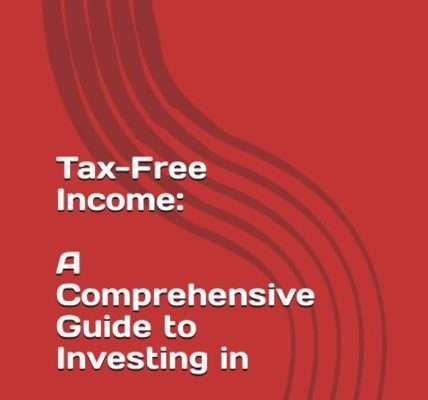Understanding car loan amortization can be a daunting task, especially for first-time car buyers. It involves unraveling the intricacies of how your monthly payments are allocated between principal and interest over the life of the loan. The term “amortization” essentially refers to the gradual reduction of your debt through regular payments, and in the context of a car loan, it signifies how each payment contributes to both reducing the outstanding balance and covering the interest charged by the lender. How car loan amortization works is a crucial aspect of financial literacy, allowing you to make informed decisions about your auto financing.
Breaking Down the Amortization Process
Amortization schedules often seem like complex mathematical equations, but the underlying principle is quite simple. Early in the loan term, a larger portion of each payment goes towards interest, while a smaller portion goes towards reducing the principal balance. As you progress through the loan term, this gradually shifts: more of each payment is allocated to the principal, and less to the interest. This is because the interest is calculated on the outstanding principal balance.
Key Components of Car Loan Amortization
- Principal: The original amount of money borrowed.
- Interest Rate: The percentage charged by the lender for borrowing the money.
- Loan Term: The length of time you have to repay the loan.
- Monthly Payment: The fixed amount you pay each month.
Understanding the Amortization Schedule
An amortization schedule is a table that outlines each payment, the amount allocated to interest, the amount allocated to principal, and the remaining balance after each payment. This schedule allows you to visualize the progress of your loan repayment. Typically, the earlier payments will show a higher interest component, while later payments will show a higher principal component. This is a characteristic of most amortizing loans. Understanding this schedule can help you plan your finances and potentially explore options like paying extra on the principal to shorten the loan term and save on interest.
Let’s illustrate this with a simplified example. Imagine you borrow $10,000 at a 6% interest rate for a 5-year loan. Your monthly payment would be around $193.33. In the first month, a significant portion of that payment (around $50) goes towards interest, and the remainder towards principal. By the last month, a much smaller portion goes to interest, and the bulk goes towards principal, ultimately paying off the $10,000 borrowed.
Factors Affecting Car Loan Amortization
Several factors can influence your car loan amortization schedule:
- Interest Rate: A higher interest rate means more of each payment goes towards interest, especially in the early stages.
- Loan Term: A longer loan term results in smaller monthly payments but more interest paid over the life of the loan. A shorter loan term means larger monthly payments but less interest paid.
- Principal Amount: The larger the principal, the larger the interest payments, particularly at the beginning of the loan.
FAQ: Car Loan Amortization
- Q: Can I pay off my car loan early?
- A: Yes, you can usually pay off your car loan early. However, check with your lender to see if there are any prepayment penalties.
- Q: How does extra principal payment affect the amortization schedule?
- A: Paying extra principal reduces the outstanding balance, leading to less interest accruing over time and potentially shortening the loan term.
- Q: Where can I find my car loan amortization schedule?
- A: Your lender typically provides you with an amortization schedule when you take out the loan. You may also be able to access it online through your lender’s website.
- Q: Is car loan amortization the same for all lenders?
- A: The general principle of amortization is the same, but the specific terms of the loan, such as interest rate and loan term, will vary depending on the lender.

